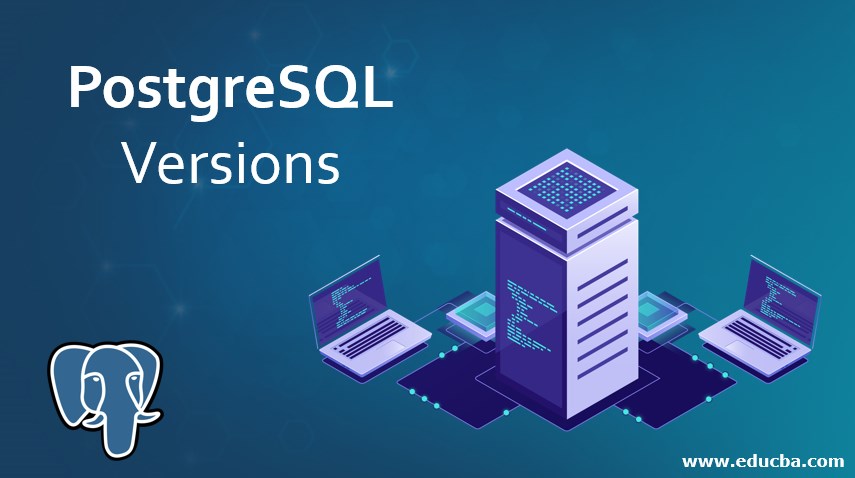
- Postgres app version install#
- Postgres app version update#
- Postgres app version upgrade#
- Postgres app version full#
- Postgres app version download#
Postgres app version full#
Once we do, we'll be able to make full use of these libraries: We've now added new dependencies, so we'll need to rebuild our containers.
Postgres app version update#
Update your docker-compose.yml file to look like this: We'll begin by configuring docker to create a container housing our postgres instance. What makes Docker so great is how seamlessly we can integrate any database into our currently running application. Setting up PostgreSQL with DockerĪnyone who's set up postgres on their machine knows that it can be a pain in the ass at times. There is a LOT of setup that needs to happen before we do any serious development, so be warned. In the next post, we'll flesh out our router with the appropriate endpoints, and test our endpoints using Pytest and Docker. We'll spend the entirety of this post setting up our database, configuring our db environment, and getting migrations in place. Our application will be powered by the de-facto open-source, relational database - PostgreSQL. The goal of this post will be to implement a data persistence layer. Last time we left off, we dockerized our FastAPI backend and setup a router with a single dummy endpoint. Note: that as of PostGIS 2.1.3 and PostGIS 2.0.6, you need to set environment variables to get full features.Setting up PostgreSQL with Docker FastAPI Config Connecting FastAPI to PostgreSQL Configuring Database Tables and Migrations with SQL Alchemy and Alembic Migrating Our Database Interacting with the database Wrapping Up and Resources Github Repo
Postgres app version install#
Refer to PostGIS install for more extensive instructions. To go from 1.* to 2.* you need to do a hard upgrade.
Postgres app version upgrade#
You can upgrade from 2.0 to 2.1, 2.2 et.c using this approach. To upgrade PostGIS, you first have to install the latest binaries and then upgrade each database you have PostGIS installed inįor example connect to database you want to upgrade and if you just installed binaries for 2.1.3

EnterpriseDb PostgreSQL - Supports 32-bit/64-bit Linux, MacOSX, WindowsĪnd EDB Windows PostGIS package have different maintainers, so offerings are not equivalent.īoth versions generally have latest minor version of PostGIS, but versions of libraries used may be different,.Read the instructions carefully.ĭistributions targeting more than one OS (these include PostgreSQL and many other PostgreSQL extensions) The builds from KyngChaos are a little dated but useful for older PostGIS versions.

The EnterpriseDb OSX PostgreSQL combination from EnterpriseDB includes generally latest stable minor version of PostGIS. Homebrew users can just run "brew install postgis" and tends to be a favorite for more advanced users since there are brew scriptsįor most of the popular PostgreSQL extensions, not always present in other Mac distributions. It includes generally latest version of PostgreSQL, PostGIS, and PLV8.
Postgres app version download#
Refer to Installing PostGIS 3.1 and PostgreSQL 13 on CentOS 8 repository RPM for your distribution, download and install it. The best place to get the latest binaries for both PostgreSQL and PostGIS is the PostgreSQL Yum repository.More details about getting up and running with windows can be found on Windows Downloads page.Production ready PostGIS Docker builds can be pulled from PostGIS docker hub Windows PostGIS has a community docker-postgis project. Source Download and Compile Instructionsīinary distributions of PostGIS are available for various operating systems.PostGIS has many packaged installations, but if you are more adventurousĪnd want to compile your own, refer to our source download and compilation


 0 kommentar(er)
0 kommentar(er)
